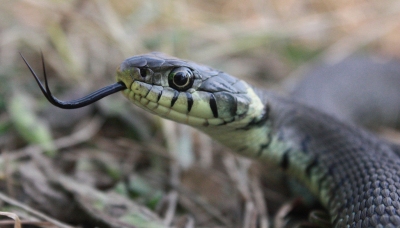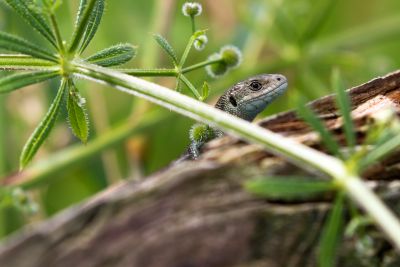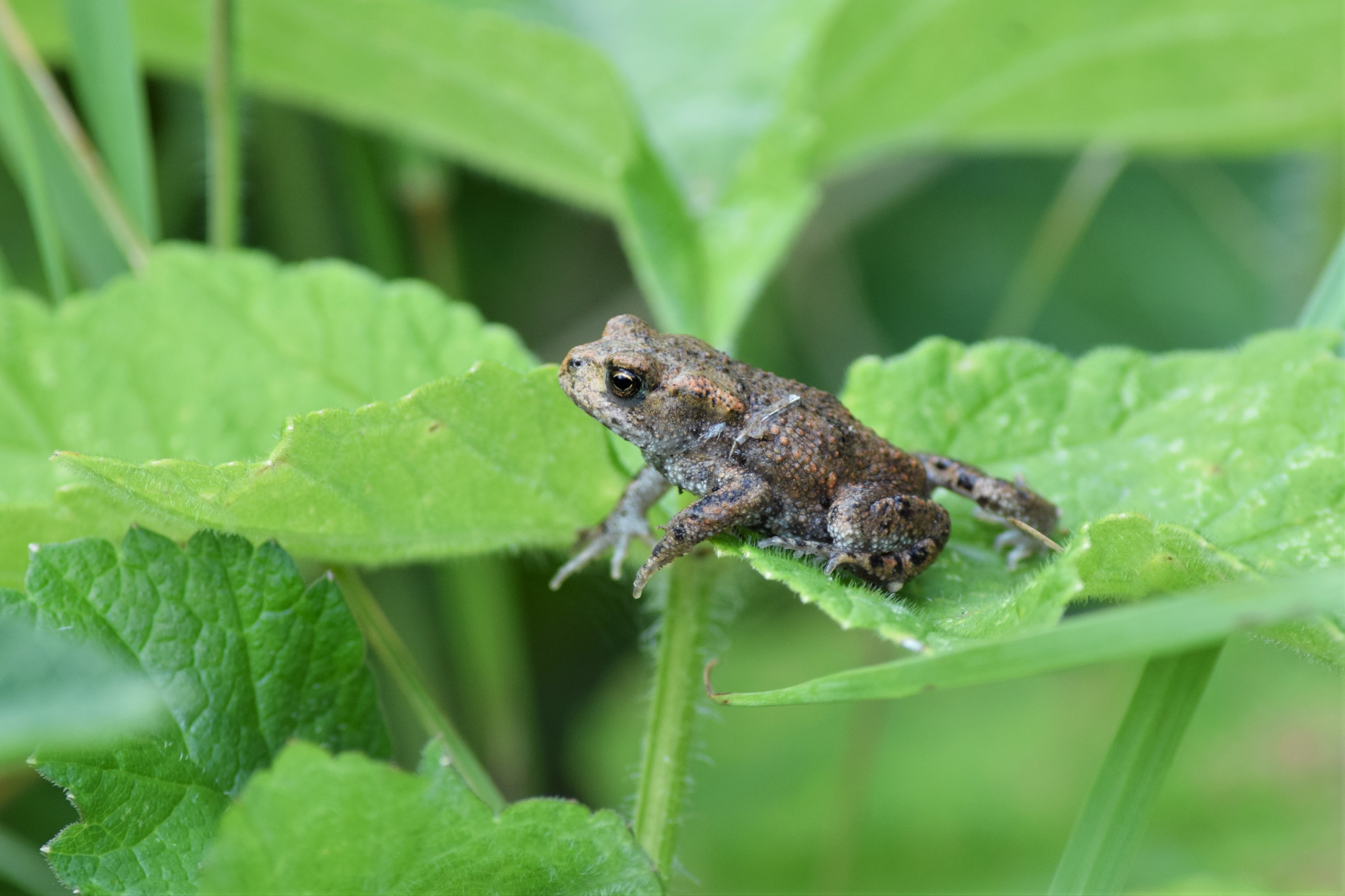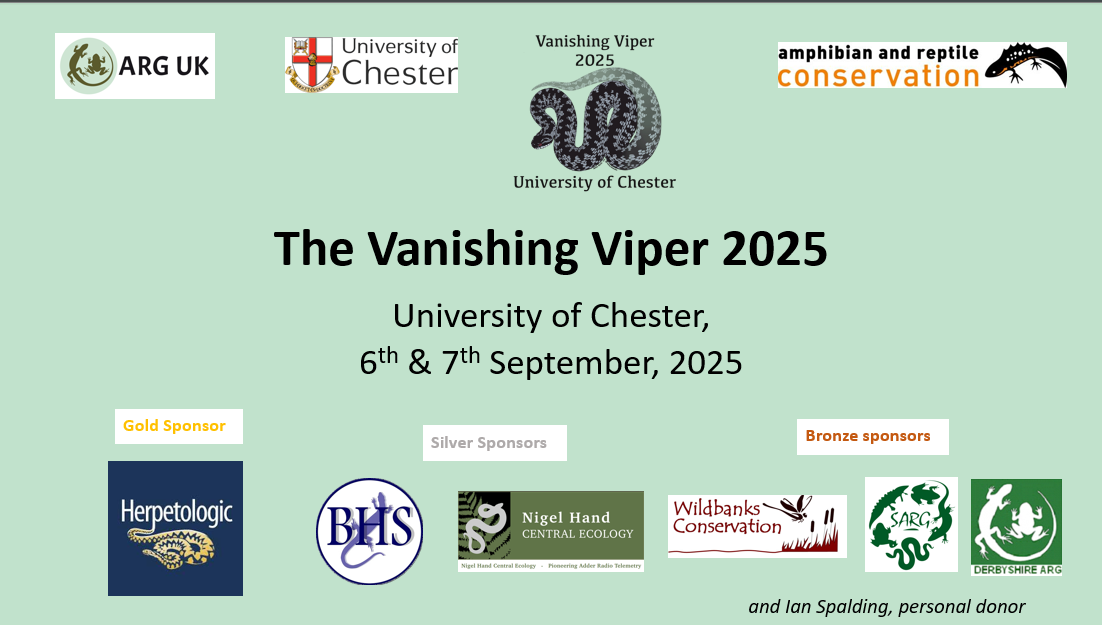1. Background
In a climate of wildlife declines, reintroducing species to locations from which they have disappeared has become an increasingly popular suggestion. For species with limited dispersal abilities, such as amphibians and reptiles, actively moving them may be the only way of restoring them to some sites. Nevertheless, reintroductions are not without risk. They require careful assessment, planning and delivery – all of which can be costly. The risks and costs mean that in practice reintroduction is often the last choice of conservation intervention. A related issue of ‘genetic rescue’ of declining populations has also attracted interest recently. Similarly to reintroduction, such action has appeal, but requires careful consideration.
A number of our affiliated Amphibian and Reptile Groups have been approached with regard to reintroduction or genetic rescue of widespread species in their county. This has raised a number of questions, and we have drafted this guidance note to help them evaluate such proposals. We also recommend that before involvement in a local reintroduction scheme, additional guidance is sought from national NGOs and statutory agencies.
pdf You can download the new Advice Note here (291 KB)
2. Key considerations
The IUCN/SSC (2013) Guidelines for Reintroductions and Other Conservation Translocations is the ‘textbook’ practitioners should refer to. Scotland has strict laws on reintroductions which are further defined in guidelines (National Species Reintroduction Forum, 2014). For amphibians and reptiles there are a few key principles to consider:
- Natural re-colonisation is always preferable to reintroduction.
- Reintroduction should only take place to restore species within their former range.
- Reintroduction can proceed only once the original causes of disappearance have been determined and redressed.
2.1. Natural re-colonisation
Moving animals from one location to another entails costs and risks; natural recolonisation avoids these. For the widespread species[1], if habitat management of a former site can be adjusted to favour the species, then in many cases natural re-colonisation will occur and reintroduction may be unnecessary. Reintroduction is more appropriate for species with a restricted range (e.g. rare species[2] and adder) where natural re-colonisation is no longer possible due to limited dispersal abilities and isolation of the site.
When evaluating a potential reintroduction site, surveys should be carried out to confirm that the target species really is absent, rather than present in low numbers, and to determine whether it is present on adjacent sites. In either case reintroduction may be unnecessary.
2.2. Former range
Natural ranges are largely determined by the environmental conditions the species has evolved to inhabit. For example grass snakes require relatively warm temperatures, and there would be little point in introducing this species to a more northerly, cooler climate where it would almost certainly fail to thrive. At a local level range is less likely to be affected by climate, but other factors may be at work, determining where a species may or may not thrive. Hence, reintroductions (by definition) should be confined to former range.
2.3. Causes of local extinction
When considering a reintroduction the causes of local population extinction have to be determined – there is no point releasing animals into the same situation that caused the demise of the original population.
3. Disease risks
Diseases naturally occur among wild populations. But moving pathogens around, exposing naïve wildlife populations to diseases they would not otherwise encounter can be disastrous. Chytrid fungi are a significant cause of amphibian declines, globally, and they have been spread by human movement of amphibians. Guidelines to reduce the risk of spreading amphibian disease have been produced for field workers (ARG UK, 2017). Reintroductions of amphibians and reptiles require thorough disease screening of both donor stock and other amphibian/reptile species that may be present at the reintroduction site.
4. Source population
The animals used in a reintroduction project could come from the wild or captive stock. Although the idea of rearing animals in captivity to boost dwindling wild populations is appealing, the disease potential often means that the institutions or private individuals with the necessary facilities and experienced personnel can pose the highest risk. Captive facilities for reintroductions are, ideally, dedicated solely to the target species, which may add considerable costs to a project.
In practice wild-to-wild translocation is more straightforward and less costly. The donor population should be geographically close to the reintroduction site and it should be sufficiently large to sustain losses to the reintroduction. Mitigation of building development sometimes means that amphibians and reptiles are translocated and this is a potential source of reintroduction stock. Within the mitigation business receptor sites can be difficult to find. Hence, there may be mutual benefits in developing links with this sector.
5. Genetic rescue
Small, isolated populations face risks from natural fluctuations in their numbers as well as environmental factors. In the longer term they face the threat of genetic impoverishment. The adder is an example of a species prone to these threats. Translocating snakes between otherwise isolated populations may reduce the threat of inbreeding, but such an option requires careful consideration of the other issues (is the translocated population sufficiently large to withstand other threats, is there sufficient habitat to support such a population?).
6. Acknowledgements and citation
This note was published in March 2020 with input from ARG volunteers. It can be downloaded from the www.arguk.org and cited as: ARG UK (2020). Amphibian and Reptile Reintroductions: Guidelines for Amphibian and Reptile Groups. Amphibian and Reptile Groups of the United Kingdom.
7. Literature
ARG UK (2017). ARG UK Advice Note 4: Amphibian Disease Precautions: A Guide for UK Fieldworkers. Amphibian and Reptile Groups of the United Kingdom.
IUCN/SSC (2013). Guidelines for Reintroductions and Other Conservation Translocations. Version 1.0. Gland, Switzerland: IUCN Species Survival Commission.
National Species Reintroduction Forum (2014). Best Practice Guidelines for Conservation Translocations in Scotland Version 1.1. Scottish Natural Heritage.
[1] Newts, common frog, common toad, viviparous lizard, slow-worm and grass snake (translocation of the great crested newt requires licensing in UK, and smooth newt/viviparous lizard are subject to license in Northern Ireland)
[2] Natterjack toad, northern pool frog, sand lizard and smooth snake (translocation of these species requires licensing).



